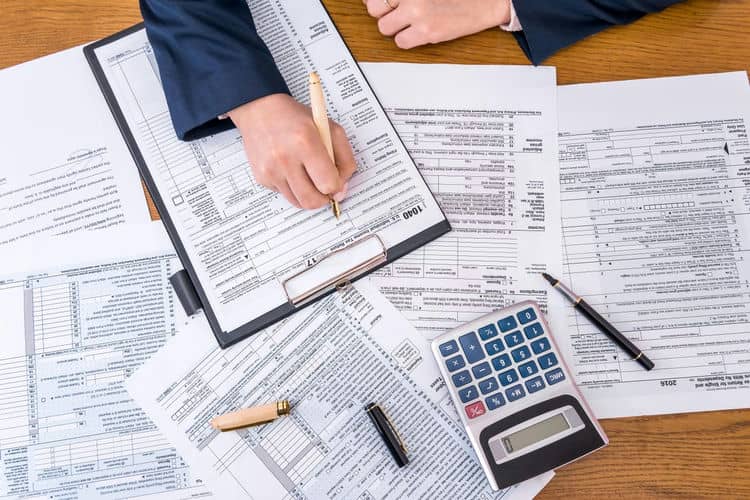Did you know that it takes the average American taxpayer around eleven hours to prepare and file their taxes?
Tax season is upon us, and for many people, the process of filing taxes can be a daunting task. With so many rules and regulations to navigate, it’s no wonder that some individuals opt to hire a professional tax preparer.
But for those who prefer to do their own taxes, there are several ways to make the process a little less stressful.

To make things easier for you, we’ve written a guide that explains how to file taxes on your own. Keep reading if you want to find out more.
-
Table of Contents
Find Out Your Filing Status
Filing taxes can be a complicated process. This is why it’s important to make sure you know whether or not you need to file and what your filing status is.
If you don’t do this, you might face additional penalties and fines.
The first step is to determine if you need to file. This will depend on several factors, such as your income, filing status, and age.
The IRS provides guidelines on its website to help you determine if you need to file. If you do need to file, you’ll need to figure out what your filing status is. Your filing status will affect your tax rate, deductions, and credits.
If you’re unsure about how to file taxes or need help navigating the tax season, there are many resources you can make use of, such as tax preparation software, online guides, and professional tax preparers.
-
Look at Your Previous Year’s Return
By reviewing your past returns, you can identify any errors that may have been made and correct them. This can help you maximize your tax benefits.
When reviewing your previous returns you check for any errors in your personal information, such as your name, Social Security number, and address.
Next, review your income to make sure that you correctly reported your wages, self-employment income, and investment income. You should also check that all deductions and credits are accounted for.
Finally, review any carryovers from previous years to ensure that they were applied correctly.
-
Take a Tax Preparation Class
Taking tax preparation classes, especially free ones, can be beneficial for several reasons. First, these classes can provide you with a better understanding of tax laws, regulations, and the filing process.
Tax preparation classes free can help you identify deductions and credits that you may be eligible for.
This can reduce your tax liability and increase your tax refund. This can be especially helpful if you’re self-employed or have a complicated tax situation.
-
Get Your Documents Together
Before you file your taxes, don’t forget to gather all of the documents that your employers and banks have sent to you.
You should also get documents in order that will help you figure out what types of deductions you can claim when you’re filing a return.
How to File Taxes on Your Own
If you have been wondering how to file taxes on your own, it is helpful to familiarize yourself with the top tax tips.
Start by finding out your filing status. You should then get the right documents together, and assess your previous year’s return.
Do you want to find out more about the top tax season tips? If so, make sure to check out the Finance section of our blog.






